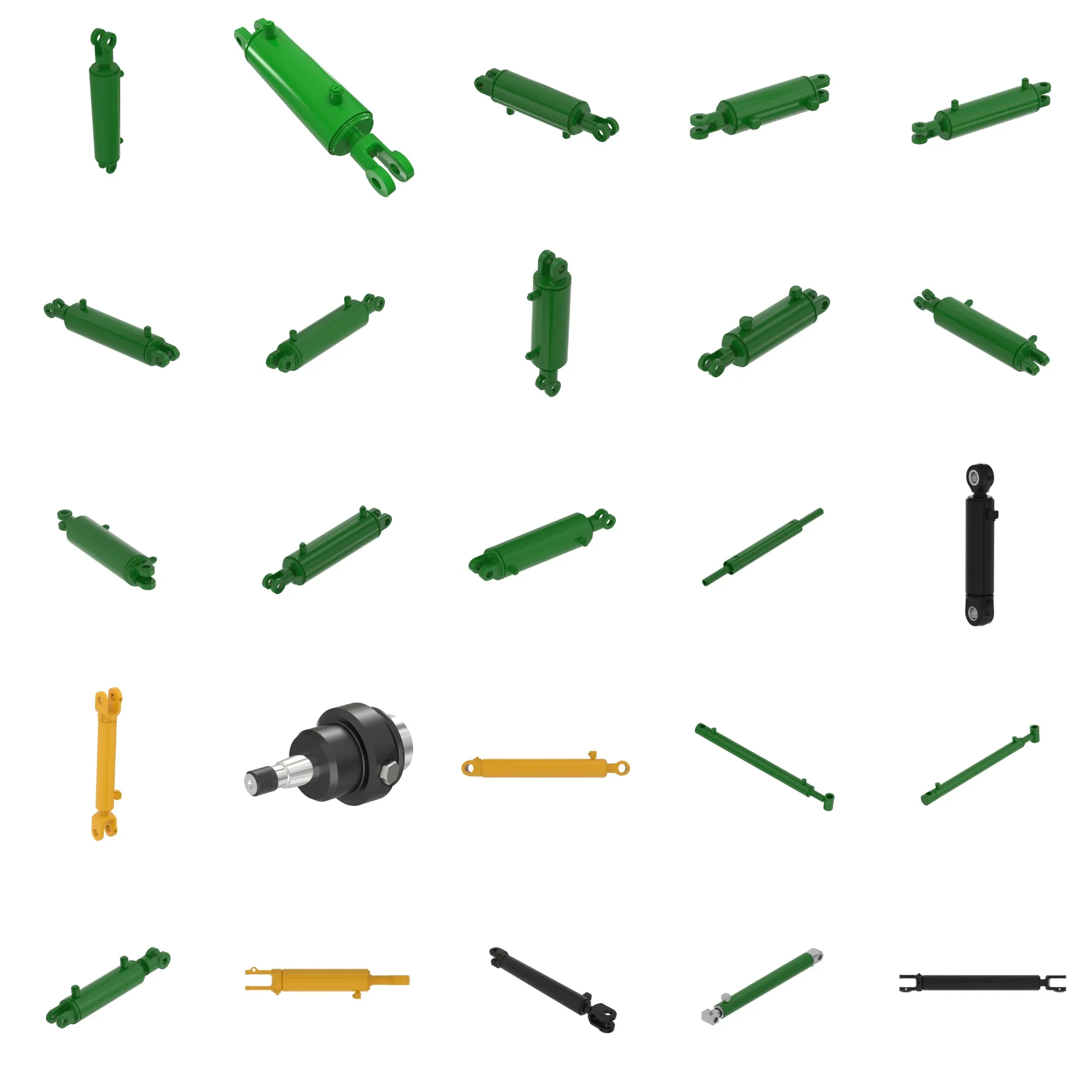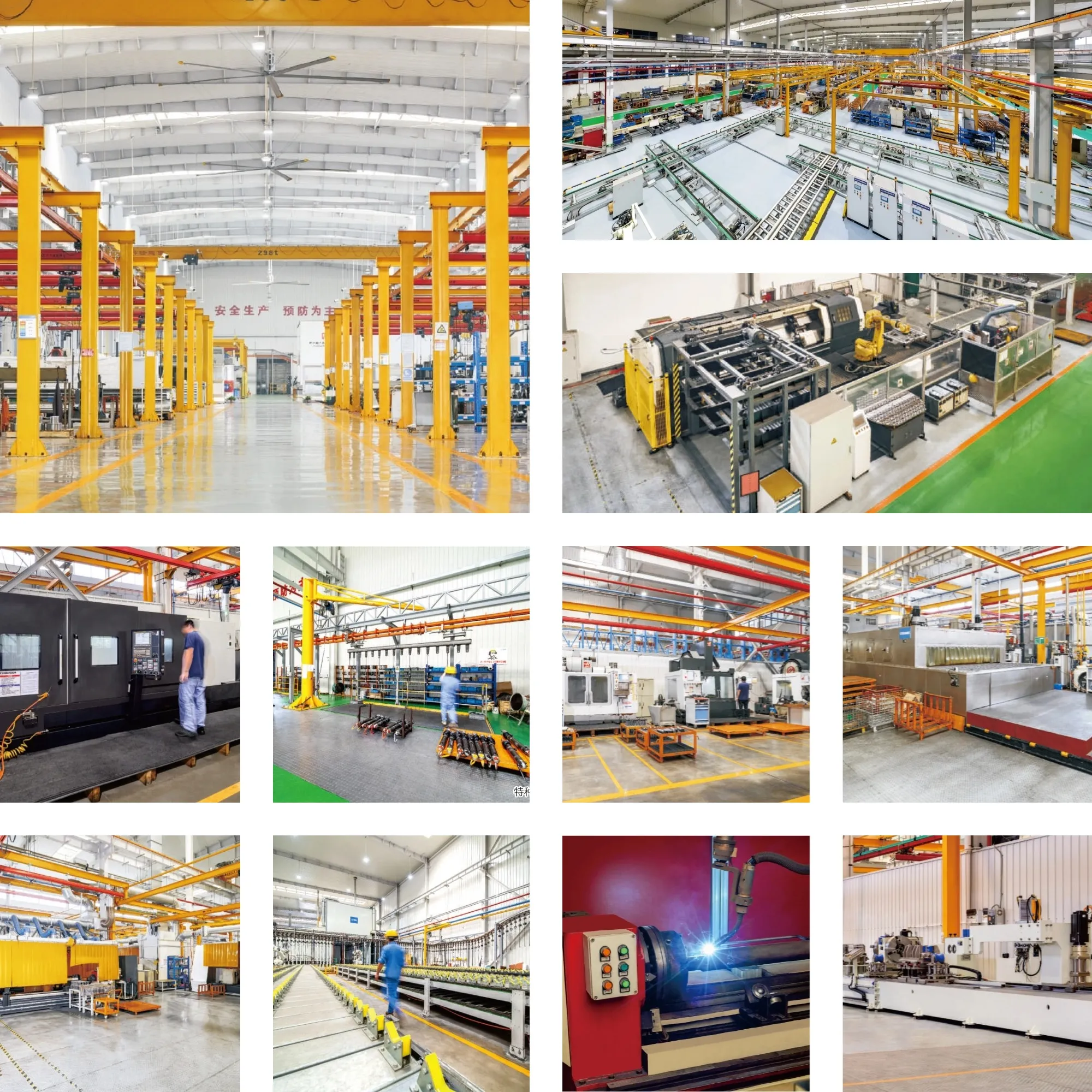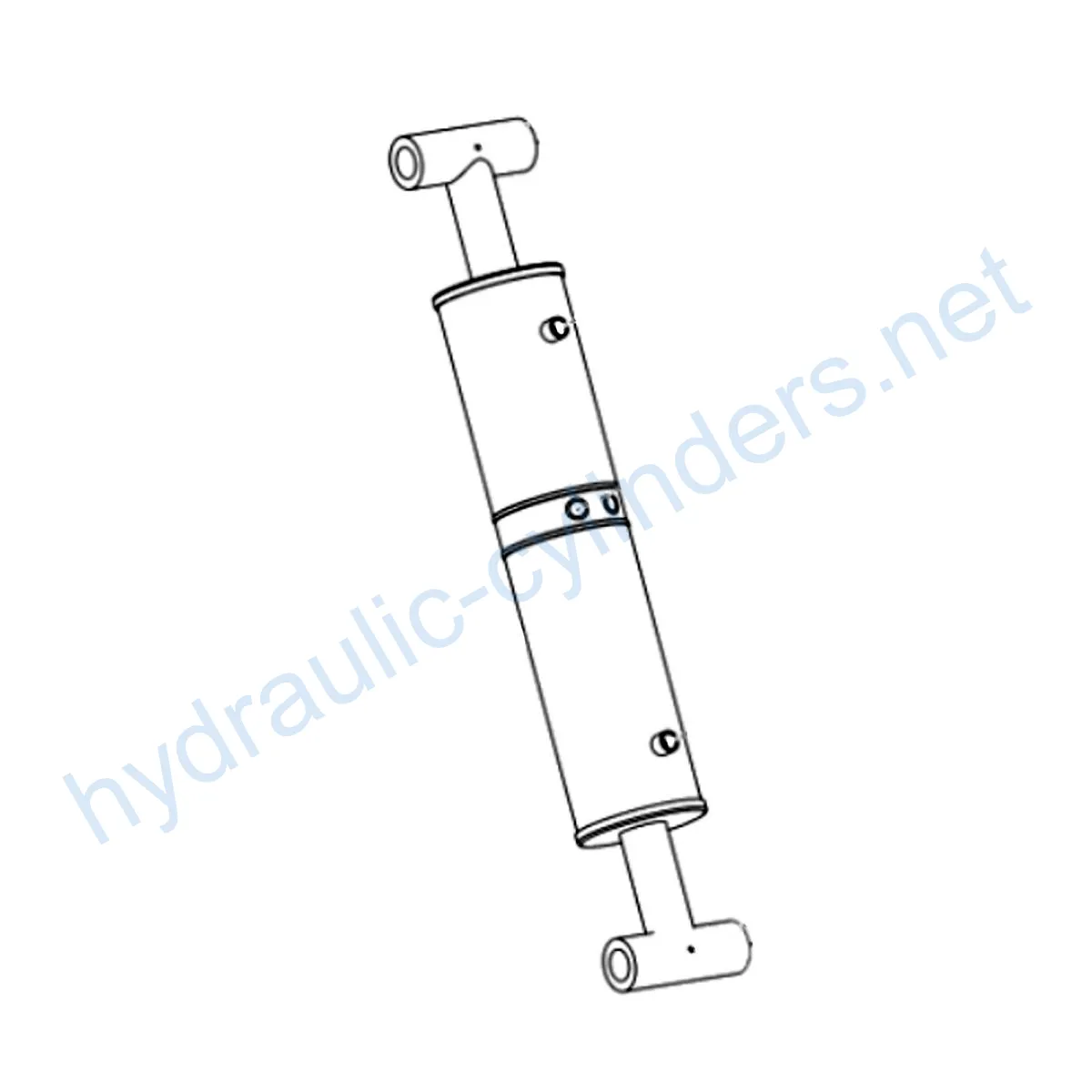Replacement Of AA97919 Hydraulic Cylinder Seal Kit
Ako jeden z výrobcov, dodávateľov a vývozcov mechanických výrobkov ponúkame hydraulické valce a mnoho ďalších výrobkov.
Kontaktujte nás, ak chcete získať podrobné informácie.
Pošta:sales@hydraulic-cylinders.net
Výrobca dodávateľ vývozca hydraulických valcov.
Replacement Of AA97919 Hydraulic Cylinder Seal Kit
Product Definition
The Replacement Of AA97919 Hydraulic Cylinder Seal Kit is a crucial component used in hydraulic systems. It plays a vital role in maintaining the proper functioning of equipment by sealing the hydraulic cylinders and preventing leakage. This replacement seal kit is designed specifically for the models DB41, DB44, DB55, DB60, and DB66.
Specifications
- Weight: 0.54 lb
- Height: 6 in
- Length: 3 in
Features
- Improved Equipment Performance: Replacing damaged or worn hydraulic cylinders can restore the equipment’s normal operation and ensure optimal performance in various applications.
- Enhanced Safety: Regularly replacing hydraulic cylinders reduces the risk of safety hazards caused by cylinder failures, ensuring the safety of operators and equipment.
- Overload Protection: Newly designed cylinders often feature better overload protection mechanisms, improving overall safety.
- Quick Installation: Modern hydraulic cylinders are designed for easy installation and replacement, minimizing downtime.
- Standardized Components: Many hydraulic cylinders are standardized products, making it easier to obtain replacement parts in the market.
Applications
- Excavators: Hydraulic cylinders on excavator booms or buckets may get damaged due to prolonged use or overload, requiring replacement to restore normal operation.
- Cranes: Hydraulic cylinder on crane lifting booms can wear out during frequent lifting and lowering processes and needs regular replacement to ensure safety.
- Tractors: Front-end loader hydraulic cylinders on tractors can experience leaks or performance decline during continuous lifting and tilting operations, necessitating replacement.
- Harvesters: Hydraulic cylinders in harvesting machines endure high pressure during the harvesting process. Timely replacement is essential to maintain work efficiency.
- Automated Production Lines: Hydraulic cylinders are used to control robotic arms and other automated equipment. Cylinder failures can significantly impact production efficiency and require immediate replacement.
Maintenance Tasks
- Regular Inspection: Perform routine checks to identify any signs of wear or damage on the hydraulic cylinder.
- Proper Lubrication: Apply the recommended amount of hydraulic oil regularly to ensure smooth operation and prevent friction-related issues.
- Seal Replacement and Calibration Checks: Replace worn-out seals promptly and perform calibration checks to maintain optimal performance. Provide proper alignment guidance during the installation process and recommend the use of appropriate installation brackets to secure the cylinder.
Safety Considerations and Environmental Factors
When using hydraulic cylinders, it is crucial to prioritize safety measures. Proper installation, regular inspections, and preventive maintenance help ensure safe operation. Additionally, environmental factors, such as temperature and working conditions, should be taken into account when selecting and maintaining hydraulic cylinders.
Troubleshooting and Common Issues
- Issue: Leakage from the hydraulic cylinder.
- Issue: Insufficient lifting or pushing force.
- Issue: Abnormal noise or vibration during operation.
Possible Solution: Check for damaged seals and replace them. Ensure proper installation and alignment of the cylinder to prevent leakage.
Possible Solution: Confirm that the hydraulic system is properly pressurized. Inspect the cylinder for any signs of damage or wear that may affect its performance.
Possible Solution: Check for loose connections or damaged components. If necessary, replace worn-out parts and ensure proper calibration.
Preventive Measures and Troubleshooting Tips
To effectively diagnose and resolve issues with hydraulic cylinders, consider the following:
- Regularly inspect and maintain hydraulic cylinders to identify potential problems before they escalate.
- Follow recommended troubleshooting steps provided by the manufacturer to diagnose specific issues.
- Provide guidance on preventive measures, such as maintaining proper lubrication and adhering to the specified operating conditions, to minimize potential problems.

Design Considerations and Selection Criteria
When choosing hydraulic cylinders, several factors should be considered:
- Load-bearing capacity: Ensure the selected cylinder meets the required load capacity for the specific application.
- Sealing and Durability: Opt for seals made from wear-resistant materials like polyurethane or nitrile rubber. The cylinder body and threaded ends should undergo proper treatment to enhance durability.
- Safety and Maintenance: Choose cylinders with built-in safety features and ease of maintenance, such as easy disassembly and access to internal components.
Sealing and Lubrication
Hydraulic cylinders utilize various sealing components, including piston seals and rod seals, made from durable materials like polyurethane. The cylinder body and threaded ends undergo meticulous treatment to improve wear resistance. Regular lubrication is necessary to ensure smooth operation and prevent friction-related issues. The hydraulic cylinder should be periodically filled with the appropriate amount of hydraulic oil to maintain optimal performance.
Maintenance and Preventive Measures
- Regular Inspection: Perform routine checks to identify any signs of wear or damage on the hydraulic cylinder.
- Proper Lubrication: Apply the recommended amount of hydraulic oil regularly to ensure smooth operation and prevent friction-related issues.
- Seal Replacement and Calibration Checks: Replace worn-out seals promptly and perform calibration checks to maintain optimal performance. Provide proper alignment guidance during the installation process and recommend the use of appropriate installation brackets to secure the cylinder.
Installation Guide
To ensure proper installation of the Replacement Of AA97919 Hydraulic Cylinder Seal Kit, follow these guidelines:
- Prepare the work area and ensure it is clean and free from debris.
- Inspect the new cylinder for any signs of damage.
- Align the cylinder properly with the equipment, ensuring the mounting holes are properly aligned.
- Secure the cylinder using the recommended installation brackets and fasteners.
- Double-check all connections and ensure they are properly tightened.
- Perform functional tests to verify the cylinder’s proper operation.

About Our Company
We are a leading manufacturer and wholesale distributor of replacement hydraulic cylinders. With a wide range of products, we have become one of the top manufacturers and distributors in the domestic and international markets. Our company takes pride in its professionalism, international certifications, custom services, state-of-the-art production equipment, and exceptional after-sales support.

Author: lyl
Prezrite si našu továreň na VR:
Vydajte sa na prehliadku našej továrne na VR
Použitie hydraulického valca:


